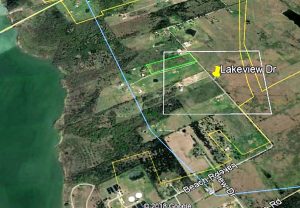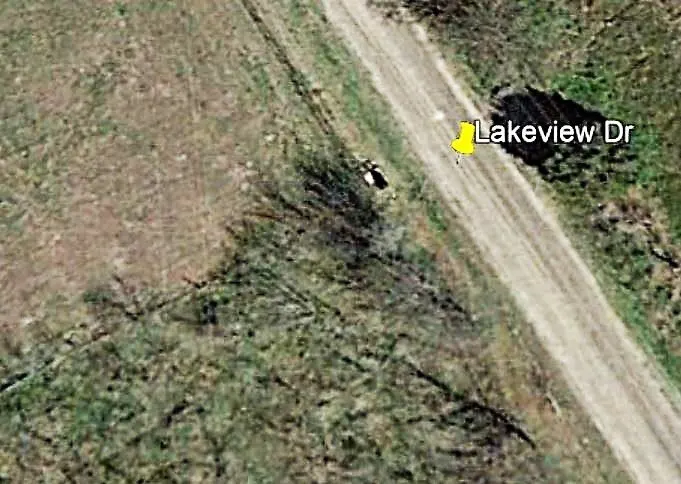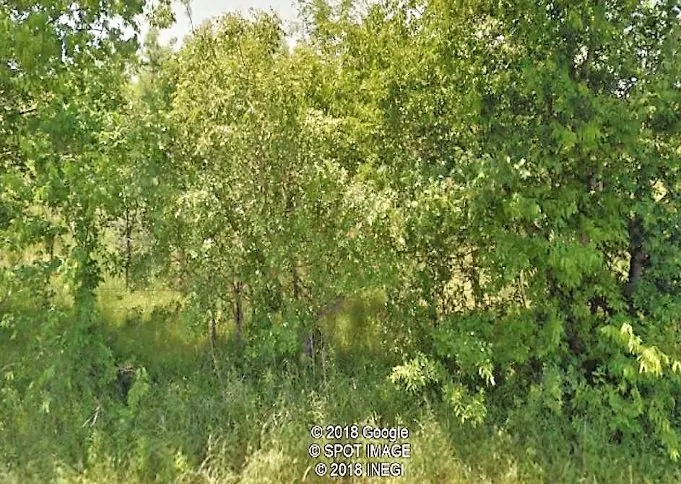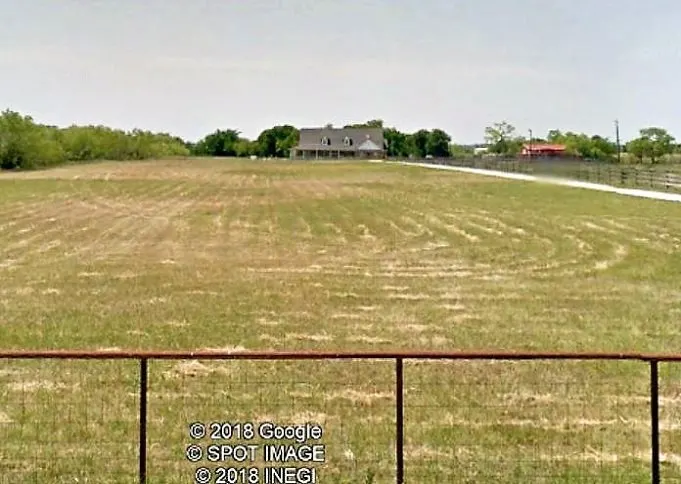
You’ve finally decided to build that dream barndominium you’ve been talking about for months. But now, what to do first?
Here are the seven steps that are required, from land purchase to move-in, spread out typically over a 6- to 12-month period.
- Design or download a blueprint of your “ideal” barndo
- Locate some land in the rural counties that appeal to you most
- Choose a barndominium builder or order a DIY kit
- Clear the homesite
- Pour the foundation
- Erect the shell
- Build out the interior
- Move in
We make it sound easy, don’t we?

Well, as you probably know by now, it’s not that simple. There are months of .back-breaking labor ahead if you’ve elected to do it yourself.
And even if you’re working with a builder to get it done turnkey, how will you know if things are being done correctly?
We’ve gathered information from far and wide to help you through the process. These are tips and insights from actual barndominium owner-builders, or owners who have worked closely with trusted contractors to realize their dream home.
And you are the beneficiary.
What follows are checklists and anecdotes, timetables to follow and pitfalls to be avoided. And, of course, money to be saved. If you’re a DIY barndominium owner-builder yourself, you’ll save a lot. Tens of thousands of dollars — no matter what the turnkey builders say about the perils of doing it yourself.
“In most cases, the costs are about the same,” says one builder, “when you factor in your time and the costs to buy materials.” And perhaps he’s right from a purely sweat equity standpoint.
But if you’re unable to pony up the sometimes elevated per-square-foot fee they ask, what’s your recourse for a custom barndominium?
Let’s break the steps down.

Building a barndominium is a bit like the old proverb, “How do you eat an elephant?” The answer: “One bite at a time.”
And whether you’re doing this seemingly insurmountable project yourself or with the help of a group of carefully selected subcontractors, knowledge truly is power.
Step 1. Design or download a blueprint of your “ideal” barndo.
Putting together a blueprint for your dream home is not going to be as easy as it sounds. as you’ve no doubt discovered by now. A search for “barndominium floor plans” on Google Images brings up a wealth of Pinterest pins from which you can draw inspiration, but which lead nowhere when you try to find the company that drew the design.
Because you’re almost certainly going to want to make a few changes to reflect your personal tastes. Otherwise, it wouldn’t be a custom home, now would it?
Planning is key if you want a set of blueprints from which you and your subcontractors (if you have them) can accurately build. At a minimum, you should:
- know how much you can spend on construction
- know the building codes for the county in which you will live
- make a detailed list of features you know you’ll want (i.e., a mud room. or bay window)
- know the difference between your wants and your needs, and
- be ready to furnish a plat map of your homesite
- plus any other information that will effectively convey your vision of the finished barndo
Here’s a great resource.
Here’s a link and a video (although you may have already come across these folks if you’ve been Googling the topic for long). BarndominiumFloorPlans.com provides cost-effective plans and also offers custom alterations as part of their service.
Watch this video on how you might work with them on a set of their plans:
Step 2: Locate some land in the rural counties that appeal to you most.
One of our favorite places to find land in the price range we want and in the location we want is on Zillow.com
Zillow is great. Not only does it track every piece of property that comes on the market, it does so the instant it’s listed. So if it looks like a good fit for you, you can run over there (provided you’re relatively close by) and have a look at it. Hopefully before someone else notices it.
Or, if you’re looking for property in another state, you can use Google Earth to take a startlingly good look at it even from thousands of miles away.
For example.

For example, we’re looking at buying a couple of acres in Texas two years from now when my wife retires. Then, we can return to be near my son and our grand-dogs (they don’t have any kids).
We just pull up the Google Earth app, (download it here), type in the street name (and number, if possible) of the property that’s listed for sale on Zillow, and voila! Google Earth sails us far across the country, from our home in the North Carolina mountains to this 2-acre tract of land very near a lake about 45 minutes from our son’s home.
Just close enough for an easy visit. But far enough away that we won’t interfere with their lifestyle, nor they with ours.
A wealth of info, instantly.



Zillow has given me a wealth of information on the property. For one thing, it’s for sale by owner, so we can negotiate the price person-to-person. And Zillow even provides a snapshot of current mortgage interest rates and the expected monthly cost if we want to finance the purchase.
And Google Earth provides both an overhead view of the property, showing how close we would be to the lake (and a little park). That view also allows us to zoom right down to treetop level and see that there would indeed be a bit of expense involved to clear a homesite among the many trees. (Something to use as a bargaining chip with the owner).
And, Google Earth allows us to switch to a street view, which gives us an idea of just how tall the trees on the property are, and to even cruise up and down the road to see how fancy our potential new neighbors’ houses are.
Amazing.
Why in the world would Google Earth send someone down a dusty Texas backroad to photograph everything down there? And they do it everywhere! We bet you can’t find a location in America (or possibly the world) that they can’t give you instant visual access to from the comfort of your recliner, laptop in hand.
Or, you could do it the old-fashioned way and have a realtor call you when something comes available. But we’ll bet that Zillow’s omnipotent digital infrastructure will do a much better job. Then, you can call the agent after you’ve looked at the property, in person or via Google Earth.
As we said, amazing.
Step 3: Choose a barndominium builder or order a DIY kit
If you’re looking for either a builder or a kit provider, we have the #1 resource.
Click here to view the barndominium directory, sortable by state.
